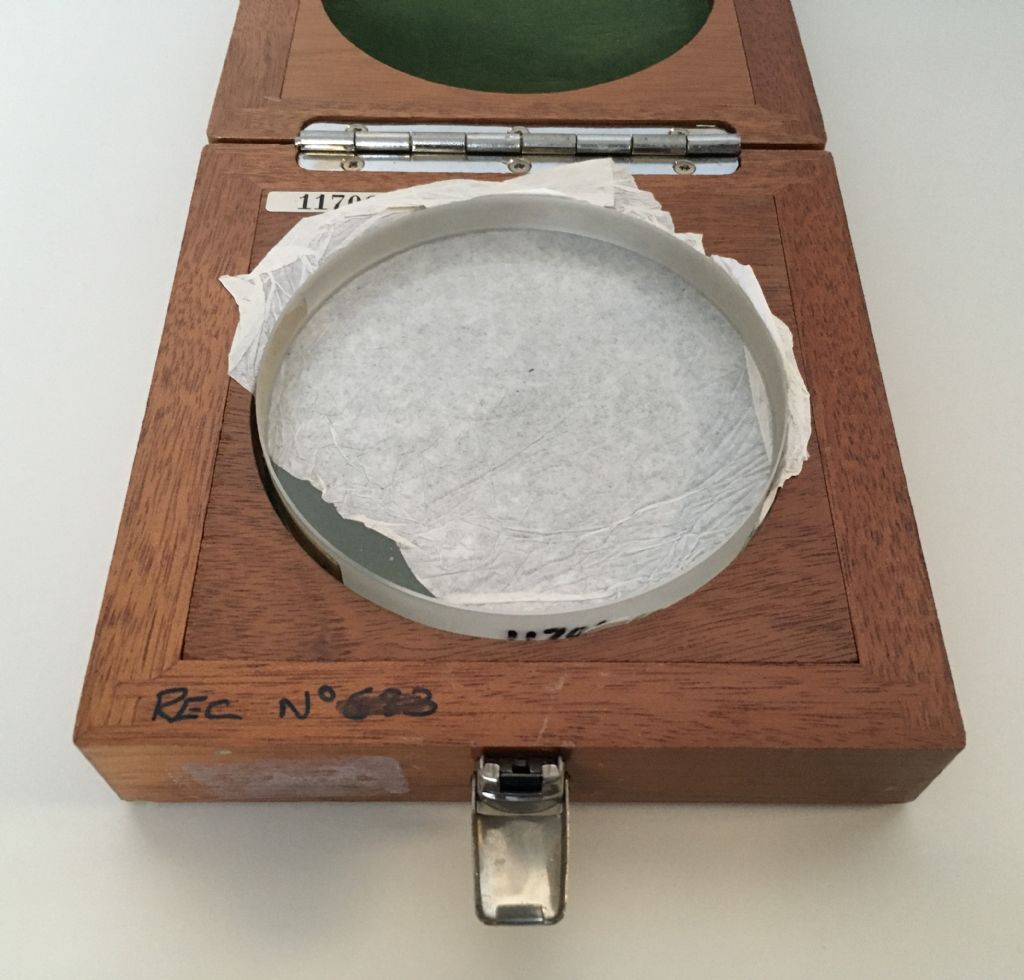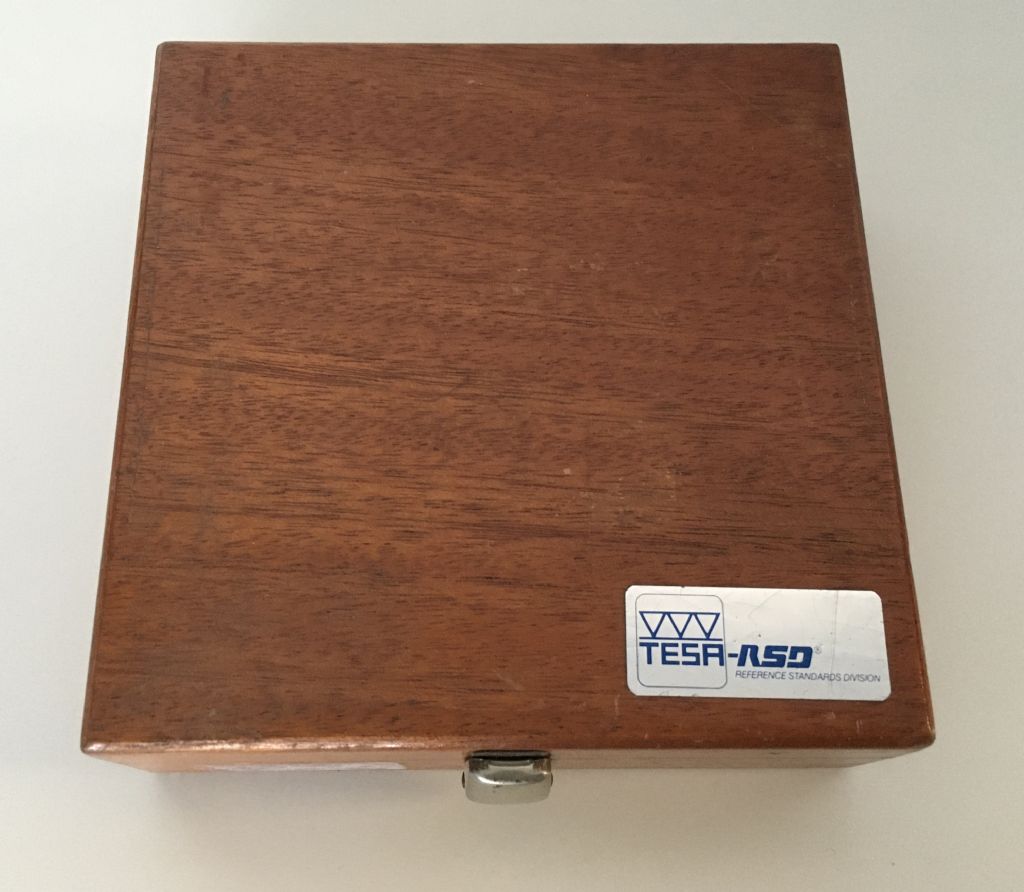Posted by Wesley Souza on 24/11/2022 22:12:37:
Posted by Michael Gilligan on 24/11/2022 21:31:37:…
I follow a Brazilian YouTube channel …
And he instructed me to start with a surface plate so that I could build the guides and every part of the lathe that required a certain precision. Using the withworth method and with three 15mm black granite slabs, he built a surface slab with an accuracy between 0.005mm and 0.01mm and I also wondered if I could reproduce this method using the porcelain tiles I already have available and then use engineer's blue to flatten the lathe guides. An accuracy of .01mm would be fine for me.
Whitworth's method depends on being able to detect high-points with engineer's blue, and then remove them.
Detecting high points depends on the plates being rigid enough to not bend whilst being compared. Therefore the plates have to be above a certain thickness and stiffness – more the better. Otherwise, when two thin sheets are blued and pressed together they bend enough to squeeze the blue so it doesn't show the hills and valleys. You might not think a porcelain tile bends, but I fear they move more than enough to spoil a process aiming for an accuracy of 0.01mm. To apply the Whitworth process the tiles would have to be supported to stop them bending.
The second problem lies in the scraping process. I assumed Brazilian porcelain tiles to be like many British tiles, that is made of a hard ceramic, usually with a glazed surface. Small ones are about 8mm thick, big ones about 12mm. The type I imagined are too hard to scrape flat, but it should be possible with others. Again, the problem is avoiding bending and cracking whilst scraping; the answer is also to support the tile with a stiff backing.
A great deal depends on the porcelain tiles you have in Brazil! I think the only way to find out for sure is to try it. The problem is the Whitworth process is a lot of work, and – if it's going to fail – it will do so at the end. At some point no amount of blueing and scraping will improve the surface if the tile bends. It only has to bend a tiny amount because the target accuracy is 0.01mm. That's a challenge!
15mm Granite is a better bet than porcelain I think, but as mentioned the traditional UK answer to making a basic cheap surface plate is a well supported sheet of float glass. Float glass is very flat, so the main problem is to stop it bending when items are laid on it. Perhaps the best method is to fill a sturdy frame with 30mm or deeper wet plaster, lay the glass on top, and allow the two to dry and stick together. In use, the frame is also supported on a sturdy bench.
Fascinating project. I'd be a proud man if I successfully applied Whitworth's method to porcelain tiles. Good luck!
Dave
 JasonB.
JasonB.





